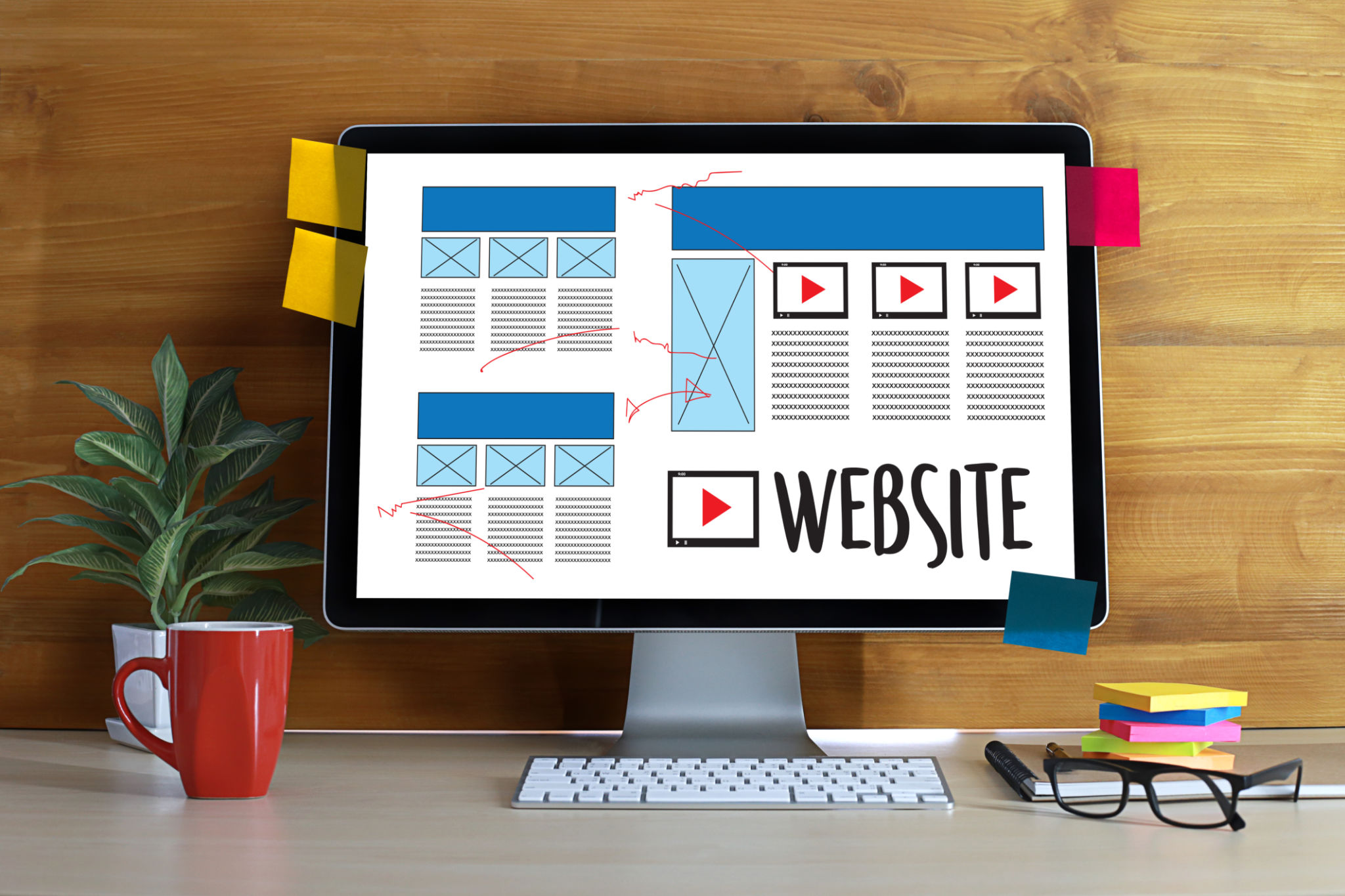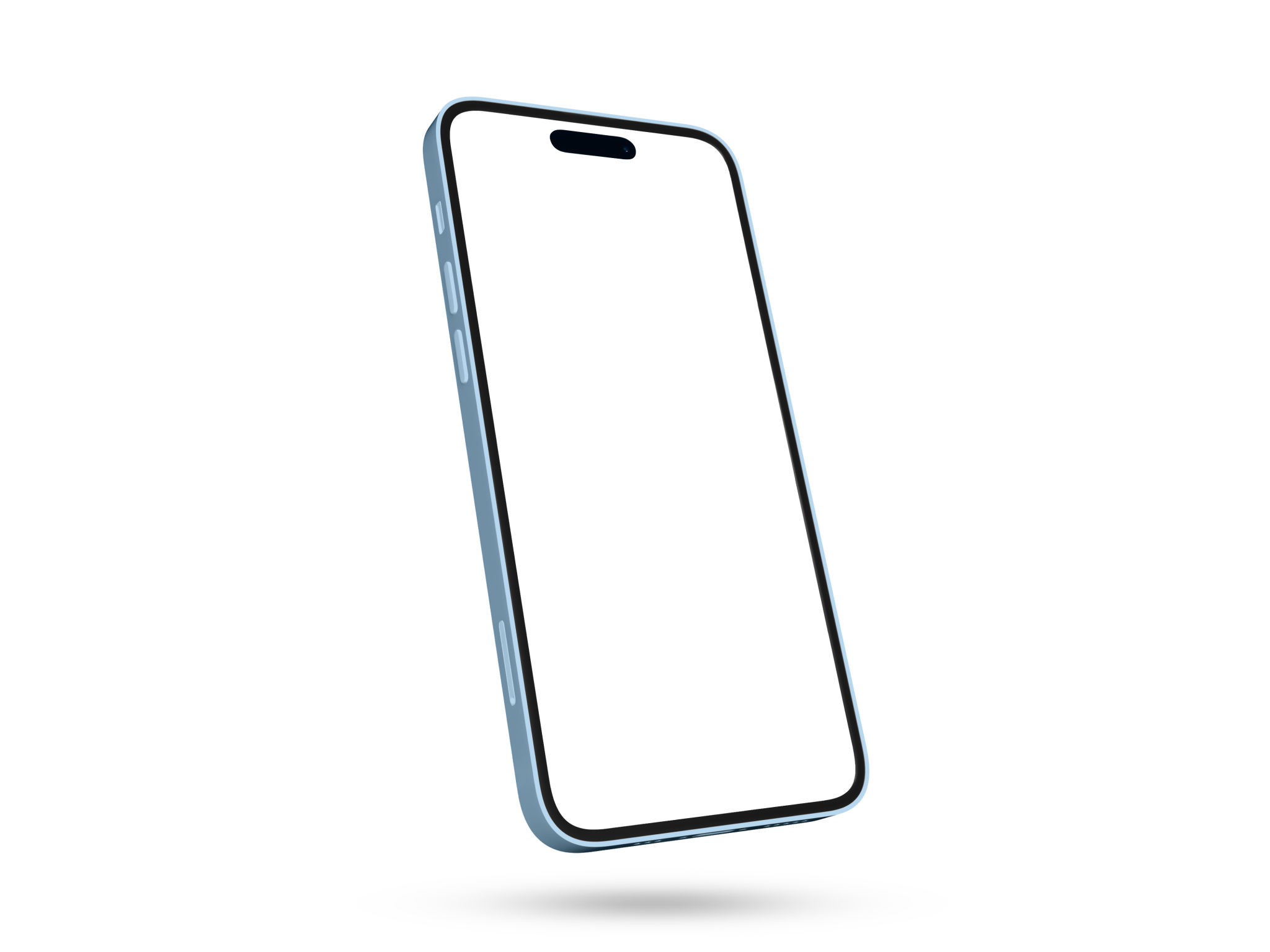Common Web Design Mistakes and How to Avoid Them
The Importance of Good Web Design
In today's digital age, your website is often the first impression potential customers have of your business. A well-designed website can captivate visitors and turn them into loyal customers, while a poorly designed one can drive them away. Understanding common web design mistakes and how to avoid them is crucial for creating a successful online presence.

Avoiding Cluttered Layouts
A cluttered layout is one of the most common web design mistakes. Too much information on a single page can overwhelm visitors, making it difficult for them to find what they are looking for. To avoid this, ensure your website has a clean, organized structure with ample white space. This not only makes content more digestible but also improves readability.
Use of Negative Space
Negative space, or white space, is a powerful design tool. It helps separate elements on a page and gives the eyes a place to rest. Using negative space effectively can enhance the overall look and feel of your website and guide users' attention to key areas without overwhelming them.

Ensuring Mobile Responsiveness
With an increasing number of users accessing websites from mobile devices, having a mobile-responsive design is no longer optional—it's essential. A site that looks great on desktop but fails on mobile can frustrate visitors and lead to high bounce rates.
Testing Across Devices
Regularly test your website across different devices and screen sizes to ensure it remains functional and visually appealing. Tools like responsive design checkers can simulate how your site appears on various devices, allowing you to make necessary adjustments.

Optimizing Page Load Speed
Page load speed is crucial for user experience and SEO. A slow-loading website can lead to higher bounce rates as users lose patience waiting for pages to display. To optimize load speed, minimize image sizes, leverage browser caching, and reduce unnecessary scripts.
Utilizing Performance Tools
There are numerous tools available to help you analyze and improve your site's performance, such as Google PageSpeed Insights. These tools provide insights into what's slowing down your site and offer actionable recommendations to enhance speed.
Improving Navigation Structure
Navigation is key to a positive user experience. Websites with confusing or overly complex navigation can frustrate users and deter them from exploring further. Ensure that your navigation menu is intuitive, with clearly labeled categories and easily accessible links.
Simplifying User Journeys
Consider the user journey when designing navigation paths. Ensure that important information is no more than three clicks away from the homepage. Use breadcrumb trails to help users track their path through the site, enhancing usability.
